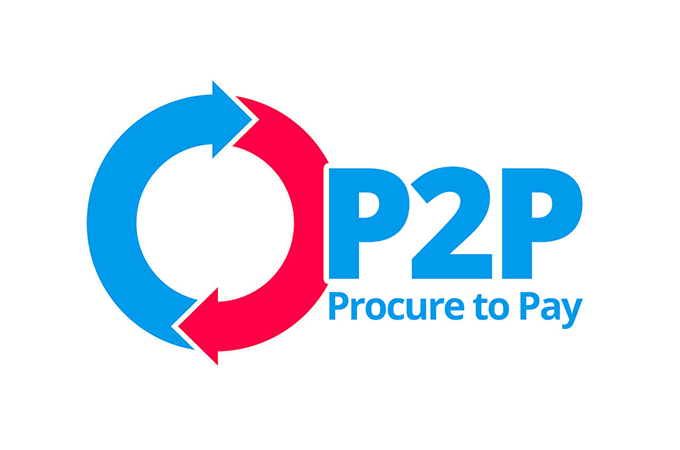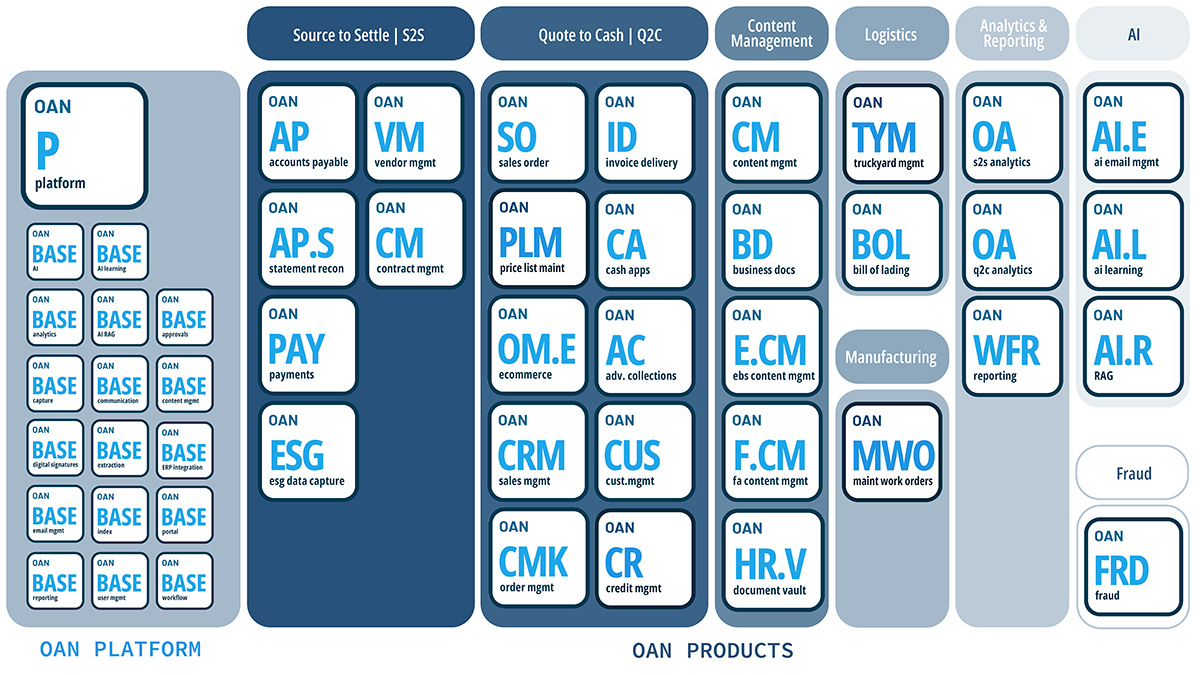By Matthew Albert

Okay, you have to admit, some of these cooking shows are starting to get just a little over-the-top in trying to convince us how easy every recipe is. Back in the day, if you wanted to make an omelet, you cracked eggs, melted butter in a pan, did your best Julia Child impression, and BANG–omelet. That’s what easy is supposed to be. I see the chef do something, I process the idea, I replicate it. Breakfast is served.
Nowadays, though? Forget it. I see a loaf of bread on TV. The end product looks so unassuming and so unpretentious that I figure I can do this easily. I go back and find the show’s YouTube clip for their allegedly “5-star easiest ever” bread. But if I want to make this so-called “easy” bread, these shows essentially want me to:
- Find the finest bread flour that’s been milled by a New Hampshire granite stone at the end of a Douglas Fir tree crank
- Heat up a pair of typical Peruvian bread stones to 400.15 degrees and water them using spring water that has a pH of 7.2
- Bloom a packet of yeast that’s been personally approved overseas by the Dalai Lama (he IS a long-hitter after all)
- Cover the dough using tempurpedic tarry cloths
- Read a Dickens novel while the bread rises to give the room a cultural milieu and improve the bread’s provenance
Obviously, easy. Duh. And yet, there are still plenty of people out there who feel this kind of effort and pretentiousness is worth their time. Why do we do this to ourselves and each other? When we want to improve on something or learn a new skill, all we want to do is watch a master and then have them tell us how to replicate the process. We know some practice will be required, but we appreciate that what we’re being told to do is an act that many are capable of doing eventually.
If you look at the P2P articles all over the web, the same problem exists there, too. There are TONS of P2P articles telling you how to achieve the highest levels of success. But when you start reading them, they’re full of jargon-y finance terms and meaningless cliches meant to discourage you from trying to replicate what someone else has done. Let’s do our part to fix that right now. Here are some tips on P2P that we feel can be replicated by any dedicated AP leader.
Outline and Accommodate
Start off by taking a look at your current P2P setup. Make a list of how many steps your process has. Keep the steps in their sequential order, too.
Assess Current Performance
For each step in your process, determine which steps currently seem to run efficiently and which ones do not. Focus primarily on the steps that take too long to finish and reflect on what may be causing those problems.
Research and Select
Armed with your knowledge of how your system currently operates, research and select P2P software that speeds up your inefficiencies within your system.
Train and Promote
With your software selected, train your staff on how it works. Show them how their jobs get easier with the new software in place.
Measure and Evaluate
As your new P2P setup takes flight, determine how you will know if the setup is being successful. Select three or four key performance indicators (KPIs) that can provide concrete data about the specific phases of your P2P process. Decide beforehand what will qualify as “successful” numbers and “unsuccessful” numbers. Consider using a color-coding system so that successes and failures can be identified visually within a moment’s notice. That will make it easier for your colleagues to understand the implications of the data, too.
Reflect
It is critical with any new initiative that you reflect on a consistent basis. Be honest with yourself about where the P2P setup is meeting its goals and where it isn’t. Reach out to your staff and get their input as well. Their firsthand accounts will give you the best information about P2P successes and failures. Based on the data, adjust your practices and reflect on the new data as it arrives.
Remember, no matter how complicated P2P may get, the above tips will keep you [insert cliche here].

